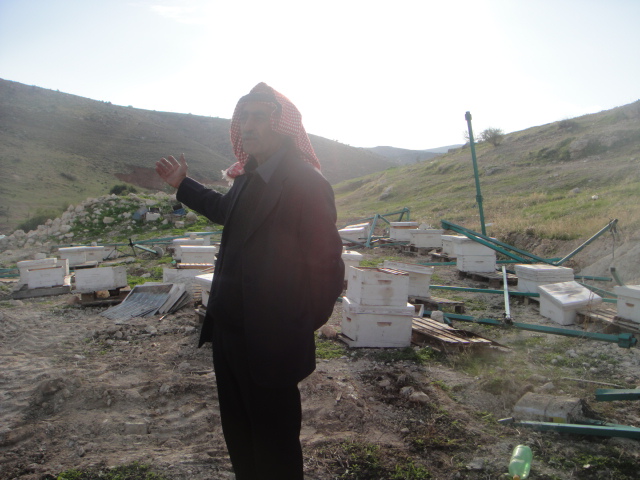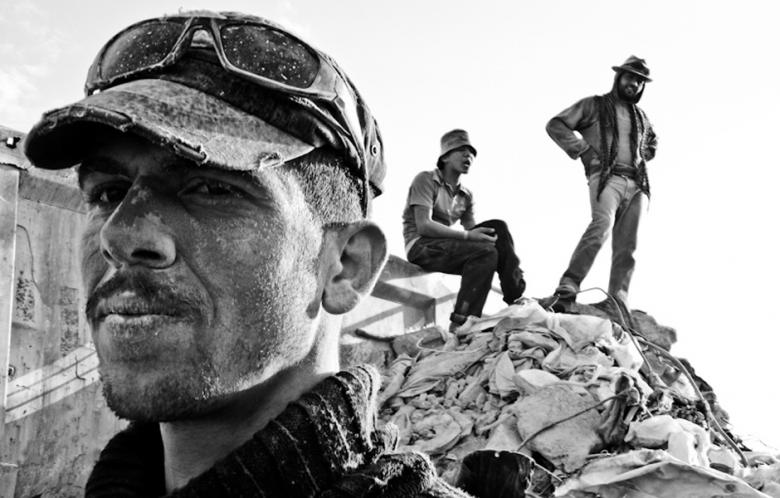Month: November 2011
-
A wave of demolitions as Israel targets the Jordan Valley
by Lydia 30 November 2011 | International Solidarity Day, West Bank This morning at 7am the Israeli army entered the village of El Beida in the northern Jordan Valley with 10 military jeeps and one bulldozer. Israeli military proceeded towards Abu Tarek Fracka’s land where he houses a honey farm on the land where his…
-
International Day of Solidarity with the Palestinian People in the no go zone
by Nathan Stuckey 30 November 2011 | International Solidarity Movement, Gaza Today, Tuesday, November 29, 2011 is the International Day of Solidarity with the Palestinian People. This day commemorates the racist and colonialist proposal of the United Nations to partition Palestine in 1947. All over the world, people stood in solidarity with the Palestinian struggle…
-
Gaza: Rebuilding from rubble
by Ruqaya Izzidien 29 November 2011 | Al Akhbar English Despite Israel’s blockade on building materials entering the Gaza Strip, local entrepreneurs have come up with a way to turn destruction into reconstruction by recycling rubble into construction material. The bedroom of Nasser Abu Said features two-meter holes punched by Israeli rockets and his front…



